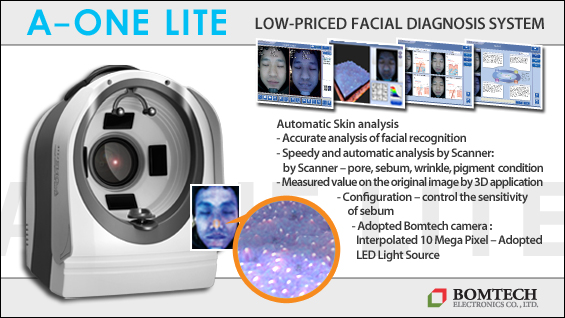
Obesity has complicated etiology and pathophysiology as it includes social and psychological factors and does not develop from simple dysfunction of organs. However, I have identified major etiological factors as following; 1) excessively high caloric intake or low quality of calories ingested, 2) low caloric consumption due to low activity and basal metabolism, and 3) problems with metabolism and endocrine regulation. For the sake of convenience, I have categorized anti-obesity drugs according to these types of etiological factors.
Drugs for reducing caloric intake
These drugs help reduce the amount of food intake or inhibit absorption of ingested food to reduce the caloric intake.
1. Anti-obesity drugs with actions on the central nervous system
Drugs in this category include appetite suppressants that lower the sensation of hunger and appetite, and impulse/craving suppressants that controls the emotional or psychological craving or compulsion to eat. The concept of impulse/craving suppression has not been scientifically established and these drugs are often classified as appetite suppressants.
2. Gastrointestinal absorption inhibitors
Drugs in this category reduce caloric absorption by inhibiting digestion or gastrointestinal absorption of ingested food. There are a few dietary supplements that are known to inhibit absorption of carbohydrates but such effects have not been confirmed. The most widely used drug in this category is the lipase inhibitor.
3. Psychotropic vs. non-psychotropic appetite suppressants
As psychotropic drugs are regulated under the Korean law controlling the use of narcotics and psychotropic drugs, psychotropic drugs are often confused with narcotics. If a drug is listed on FDA’s DEA Schedule, it is likely to be listed as a psychotropic drug in Korea. In Korea, even Lorcaserin was controlled as a psychotropic drug. After withdrawal of Sibutramine, regulations of anti-obesity drugs have become more rigid.
Thermogenesis, metabolic rate accelerator
As I have mentioned in the article on the history of anti-obesity drugs, ephedrine which contians ephedra as the active ingredient has been in use for over a century. In the past, it was made available to the general public in the form of a dietary supplement but its use is becoming more regulated now. Combination of ephedrine and caffeine is commonly used in a common cold and laryngopharyngitis, etc. but its off-label use in weight loss is also common due to its effect on promoting fat metabolism through stimulation of the sympathetic nerve.
[Advertisement] A-One LITE(Facial Diagnosys System) – Manufacturer: BOMTECH(www.bomtech.net)
Endocrine regulation
Due to the close association between type 2 diabetes and obesity, many of type 2 diabetes medications are used to treat obesity. Liraglutide, an injectable treatment of type 2 diabetes, has recently obtained FDA approval as an obesity treatment. This has led to a heightened interest in similar drugs.
In the past, metformin was considered the most promising candidate for inducing weight loss due to its inhibition of carbohydrates absorption. However, it was found that such effects would only come from a dose drastically higher than a regular therapeutic dose and its potential effect on endocrine regulation has been continuously debated.
In this article, we took a brief look at the classification of anti-obesity drugs. As I have mentioned already, the systematic classification of these drugs is still to be established and many of them defy categorization. The classification we discussed here is based on my personal views and requires more research and evidence.
In the next articles, we will take a closer look at each of the category of the anti-obesity drugs.
-To be continued




















